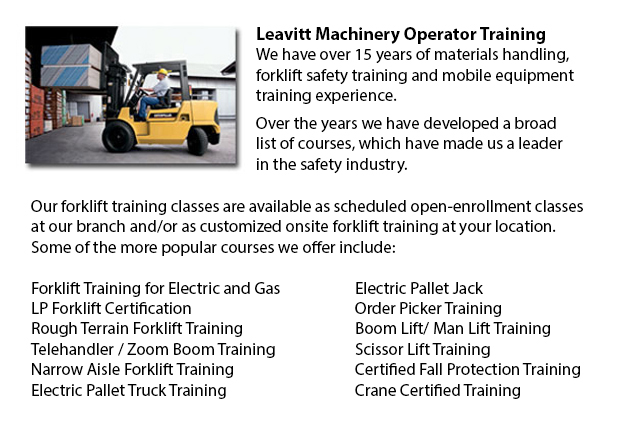
Boom Trucks Training Toronto - A boom truck is frequently recognized by the cable and phone company vehicles that have the extended arm folded over their roofs. Usually, a bucket-like apparatus sits at the extension of extendable arms. Often called a cherry picker, or an aerial boom truck, a bucket vehicle has an extendable boom mounted the roof or bed. It can transport staff to the top of a phone or utility pole. Bucket boom lift trucks have a lifting capacity of roughly 350 lbs to 1500 lbs or 158 kg to 680 kg and are capable of extending the bucket up to 34 feet or to around 10 meters into the air.
Construction boom trucks or heavy duty boom vehicles will sometimes have a crane accessory on the rear. Often called knuckle booms, these cranes can be shorter and more compact than the trolley boom, which has a boom able to extend the length of the truck. Hoist boom trucks have a hauling capacity between 10 to 50 tons or approximately 9 to 45 metric tons.
Concrete boom vehicles are an additional variation. The booms on these vehicles have a tube with a nozzle at the remote end and are utilized to pump concrete or other resources. The areas where these resources ought to be deposited is oftentimes inaccessible to the vehicle or is found at a considerable height, for that reason, the boom of a larger concrete boom truck might be extended 230 feet or approximately 71 meters. The vehicle then pumps the material through the boom completely depositing it into the space where it is required.
Fire engines are normally fitted with a boom container able to elevate firefighters up to the higher floors of structures. Also, this boom will permit firefighters to guide the flow of water or to engage or rescue ensnared victims. Many of the older hook and ladder lift trucks have been replaced by modern boom trucks.
There is in addition a small self-propelled boom truck, comparable to a forklift that is available on the market for large warehouses or manufacturing facilities. These mini boom trucks may raise staff to upper storage areas or to the ceiling of the building. They are much safer and more steady than using an extension ladder for the equivalent function.
-
Clark Forklift
Clark Forklift Forklift Training - Performing globally, there are at this time 350,000 Clark forklifts and lift vehicles in operation, with upwards of 250,000 of those in service in North America. Clark has five major lines of lift trucks across the... More -
Doosan Forklift
Doosan Forklift Training Toronto - Doosan Infracore Company Ltd. is an intercontinental establishment consisting of Diesel Engines, Defense Industry products, Industrial Vehicles, Construction Technologies and Machine Instruments and Computerization... More -
Komatsu Forklift
Komatsu Forklift Training Toronto - Komatsu Forklift U.S.A. Inc. has an outstanding reputation for building reliable and rugged forklifts. Komatsu is recognized around the world as a business with a rich heritage while maintaining an exceptional stan... More -
Crown Forklift
More -
Genie Forklift
Genie Forklift Training Toronto - Genie is a universally predictable company that enjoys the spirit of collaboration with their vast network of associated customers. Genie Industries prides itself on the vision of bringing materials and people higher... More

Forklift Certification Toronto
TOLL FREE: 1-888-254-6157
Toronto, Ontario
forkliftcertificationtoronto.com
Email Us
About Us


